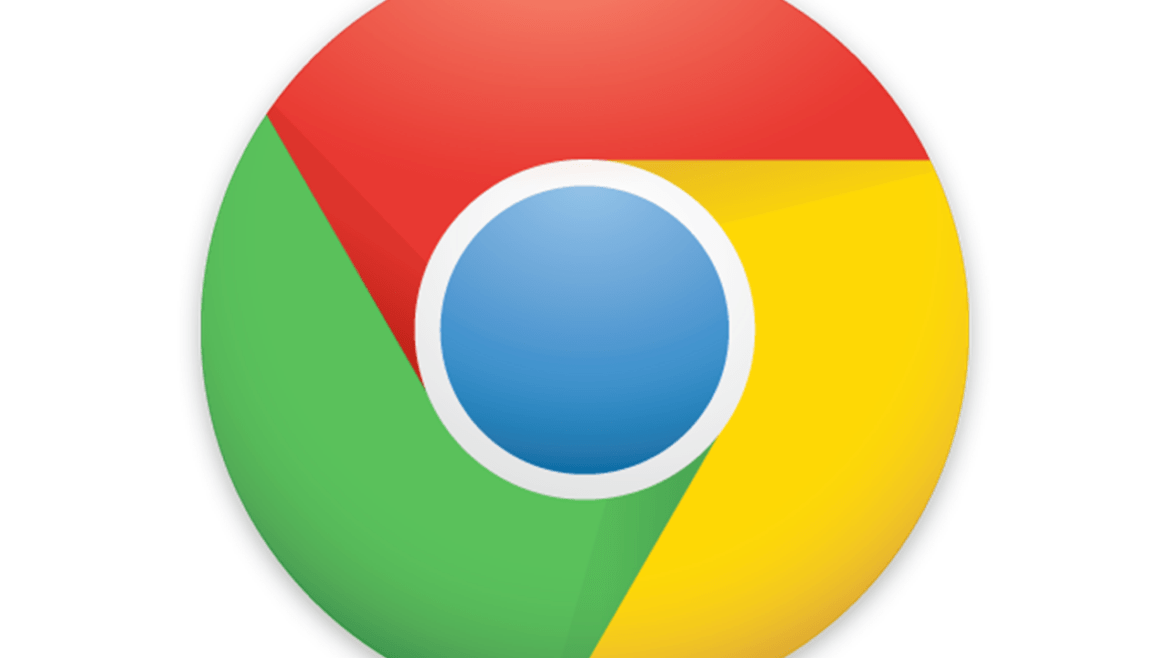There are many things I enjoy about the Chrome browser, including a wide array of extensions I can use, assigning my startup pages so they automatically load when I open the browser, and being able to cast my browser to my TV for group viewing. Needless to say, I was excited when I found out about various new features that developers are testing to see if they are worthy to become full-fledged features in Chrome. Here are some of my favorites.
A Word about Chrome Flags
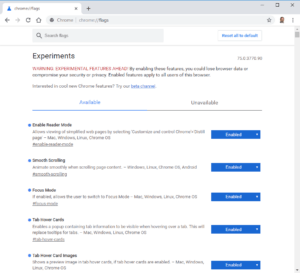 First, I need to give a disclaimer.
First, I need to give a disclaimer.
When developers are testing new features that may not be ready for prime time, they push them out as experimental features. You can find these features by typing chrome://flags into your Chrome browser and hitting return. You want to be careful when altering flags, as it may have unintended consequences. And, if you feel you’ve gone too far and want to undo your changes, just click the “Reset all to default” button at the top of the flags page. But, if you are like me and interested in what might be coming down the road, taking a look at flags can be a sneak peek into what the developers are thinking. Also, because flags are considered experimental, they may disappear at any time if it is decided to abandon a flag. Since flags are testing grounds for features, some of them may actually make it to the prestige of becoming a “real” feature in Chrome.
Enable Reader Mode
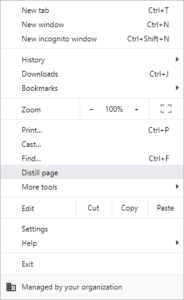 Enable Reader Mode (#Enable-Reader-Mode) opens a new page that has been stripped of ads. This is great when you are wanting to share a web page with others, but it is cluttered with ads that distract from the page. Chrome extensions that are similar to Reader Mode include Clearly and Print Friendly & PDF. To enable Reader Mode:search for #enable-reader-mode in the search box at the top of the experiments page. Click the blue button on the right and select “enabled.” You will be prompted to relaunch Chrome to have the change take place.
Enable Reader Mode (#Enable-Reader-Mode) opens a new page that has been stripped of ads. This is great when you are wanting to share a web page with others, but it is cluttered with ads that distract from the page. Chrome extensions that are similar to Reader Mode include Clearly and Print Friendly & PDF. To enable Reader Mode:search for #enable-reader-mode in the search box at the top of the experiments page. Click the blue button on the right and select “enabled.” You will be prompted to relaunch Chrome to have the change take place.
To use Reader Mode, go to a website of your choice. Click on the Customize and Control icon (the three vertical dots) on the top-right of your browser. Select “Distill page.” Your page will refresh to a simplified, less cluttered view. To leave the distilled page and return to normal viewing, just click the back button. This mode is available for Mac, Windows, Linux, and Chrome OS.
Focus Mode
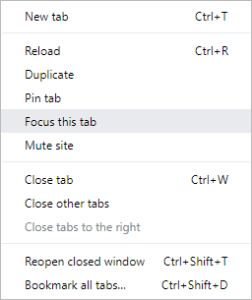 Focus Mode will pop out the current tab into its own window. To make use of this feature, you’ll need Chrome 7.6 or higher, which was not yet out at the time of this writing. If you like to be on the cutting edge, though, and want access to this (and other) features before they are rolled out to the masses, then consider using Chrome Beta. Chrome Beta allows you to preview features before they are released. This is great if you work in a support capacity or you find that you are the geekiest of your group of friends.
Focus Mode will pop out the current tab into its own window. To make use of this feature, you’ll need Chrome 7.6 or higher, which was not yet out at the time of this writing. If you like to be on the cutting edge, though, and want access to this (and other) features before they are rolled out to the masses, then consider using Chrome Beta. Chrome Beta allows you to preview features before they are released. This is great if you work in a support capacity or you find that you are the geekiest of your group of friends.
With this flag enabled, you can right-click on a tab to get the contextual menu to appear. Notice to the right in the menu that “Focus this tab” is now in the list. Select this item. The tab will be removed from the current window and will reopen in a tab-less window with no omnibox. To restore the page, click on the Customize and Control icon and choose “Open in Chrome.” This feature is available for Mac, Windows, Linux, and Chrome OS. #focus-mode
Extensions Toolbar Menu
When the Extensions Toolbar Menu flag is enabled, Google will place an icon in the top-right corner of your browser in line with the omnibox. If you like a clutter-free browser toolbar or you are making screencasts, you will find this to be a handy feature. When you click on the icon (which looks something like a bad puzzle piece or a odd ship in Star Wars), you will be able to view and access all your enabled extensions via a drop-down list. Having your extensions in this folder-like feature provides a wider omnibox for viewing URLs. This feature is available for Mac, Windows, Linux, and Chrome OS. #extensions-toolbar-menu
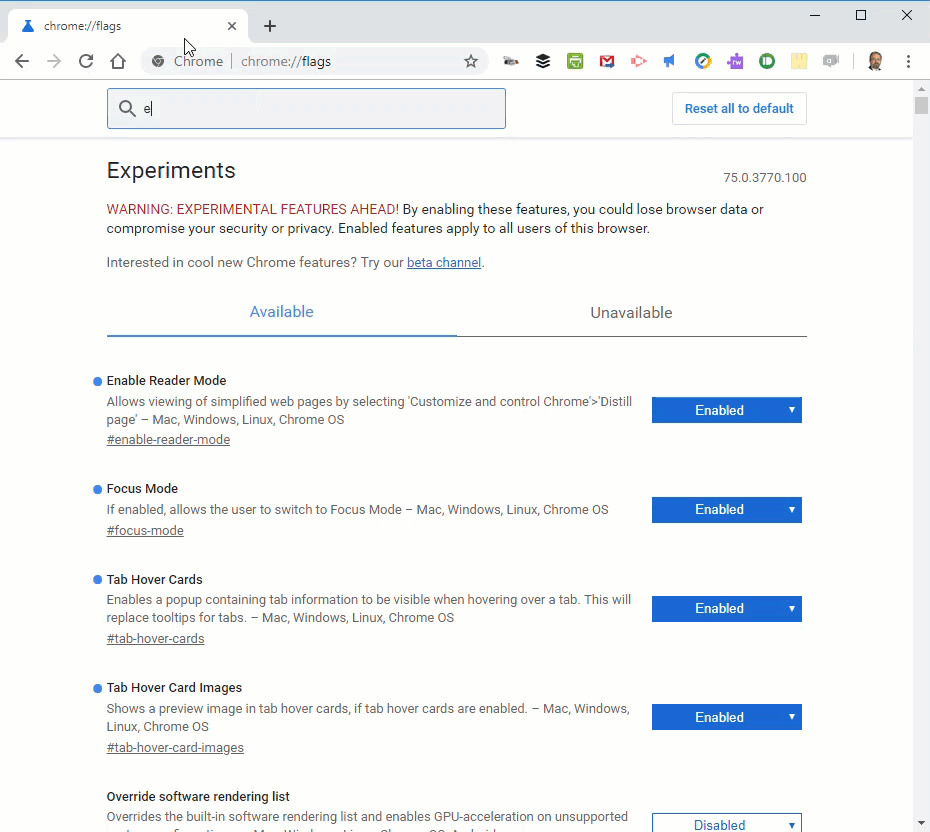
Tab Hover Cards
Tab Hover Cards replace the traditional tool tip. This is great if you have multiple tabs open but have trouble identifying the difference between them. While this isn’t a huge improvement over tool tips, it may be easier to see, especially if others are looking on at your computer.
Tab Hover Cards are much more relevant when coupled with Tab Hover Card Images. This flag will generate a thumbnail of any background tabs when you hover over them. For me, however, this seems a little slow to load the image; I’m not sure if that is due to needing some more efficiency in the coding of the flag or it is the way it is intended to work. Both flags are available for Mac, Windows, Linux, and Chrome OS. #tab-hover-cards #tab-hover-card-images
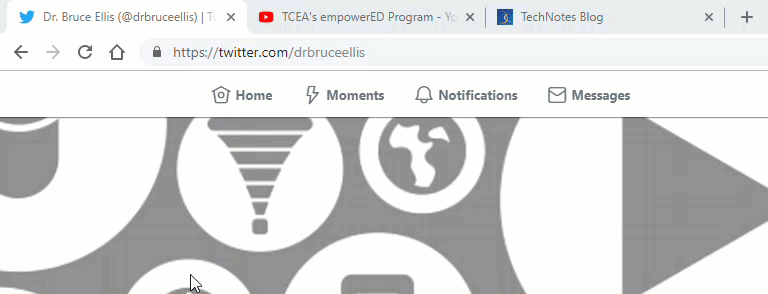
More Information At Your Fingertips
For more information on Chrome flags, check out these resources:
- Everything you need to know about Chrome’s flags by Android Central
- Reddit r/chrome – search results for this subReddit group for flags
- Google Chrome Announcements – find out what’s new with each updated version of Chrome
- Google Search for learning about Chrome flags
If you have worked with flags before or come across a great article that shares some interesting flags, jump in the comment section below and let me know. I’d love to hear from you!

